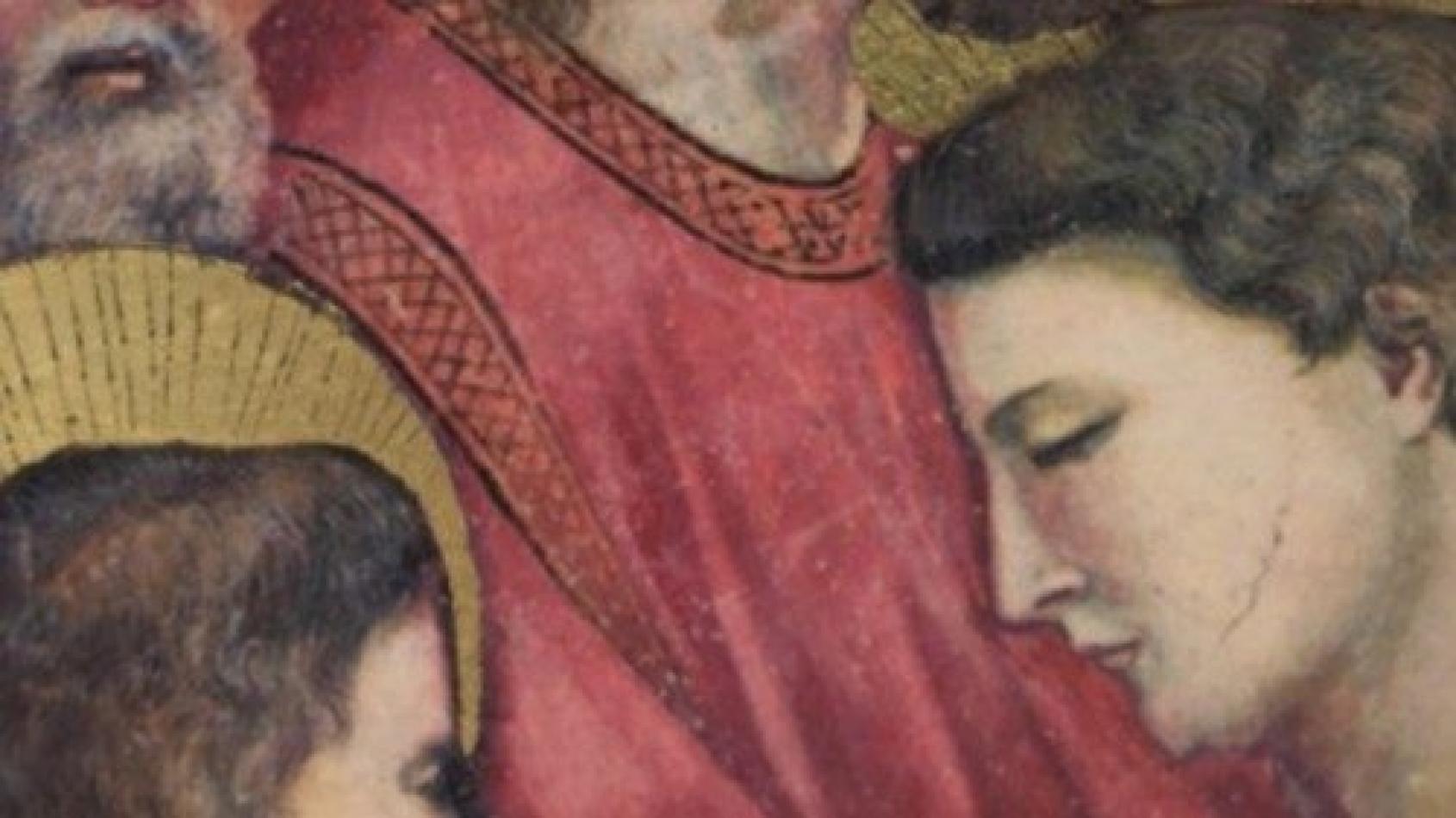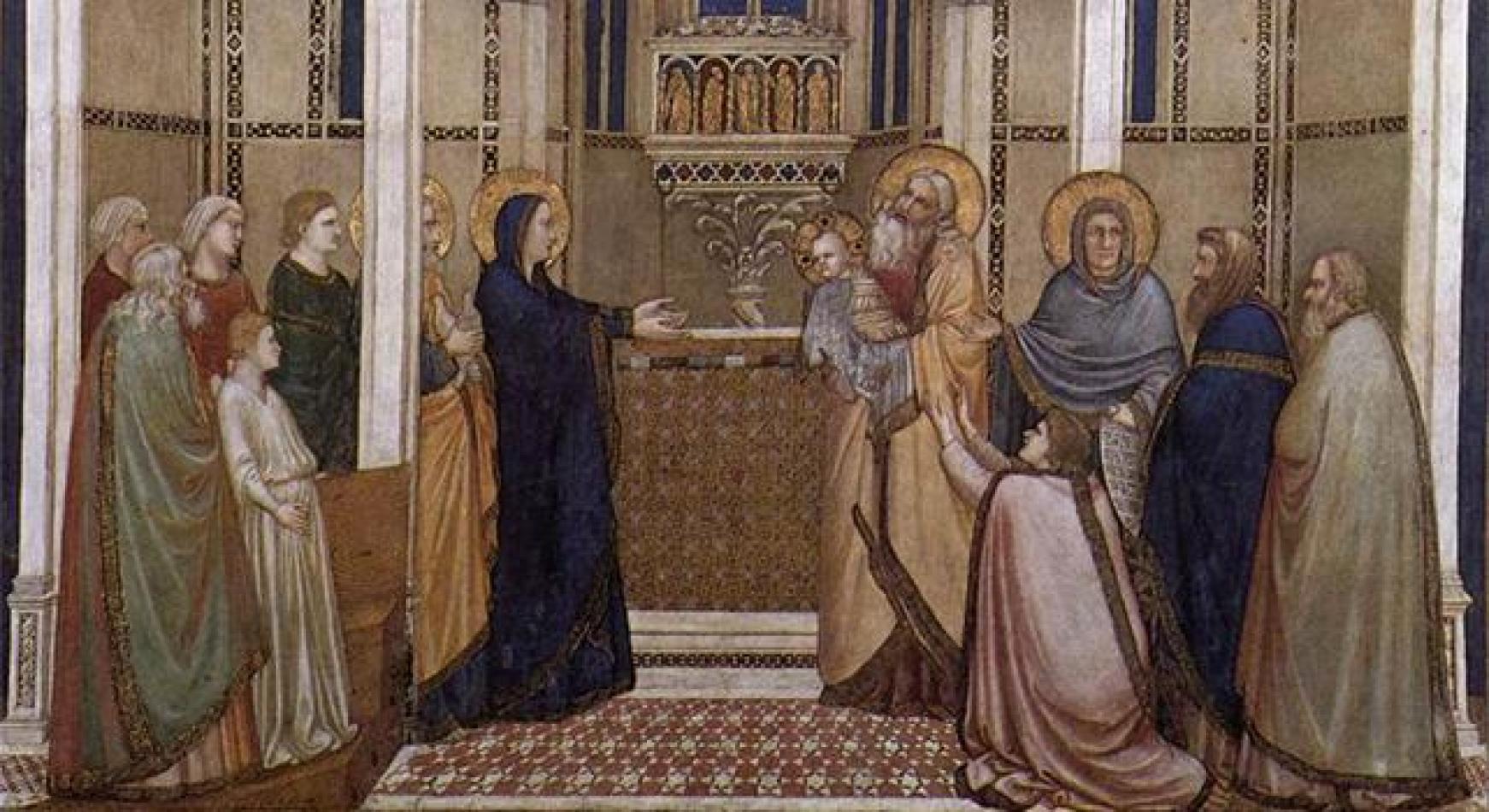Daniel Comboni
Comboni Missionaries
Institutional area
Other links
Newsletter
In today’s Gospel, Pilate asks Jesus, “Are you the King of the Jews?” and Jesus answers, “You say I am a king.” A short while before this, Caiaphas had asked him the same question in another way: “Are you the Son of the blessed God?” and Jesus had replied affirmatively this time as well: “I am!”
“THE COMPLETE JESUS, MOST HUMAN AND YET TRANSCENDENT”
Daniel 7:13-14; Revelation 1:5-8; John 18:33b-37
“Behold, appearing on the clouds …”
Fr. Raniero Cantalamessa
In today’s Gospel, Pilate asks Jesus, “Are you the King of the Jews?” and Jesus answers, “You say I am a king.” A short while before this, Caiaphas had asked him the same question in another way: “Are you the Son of the blessed God?” and Jesus had replied affirmatively this time as well: “I am!”
Indeed, according to the Gospel of St. Mark, Jesus reinforced this answer, citing and applying to himself that which the prophet in the Book of Daniel had said of the Son of Man who comes on the clouds of heaven and receives the kingdom that will not end (First Reading). A glorious vision in which Christ appears in the story and above it, temporal and eternal.
Alongside this glorious image of Christ we find, in the readings for the solemnity, the image of Jesus humble and suffering, more concerned with making his disciples kings than with ruling them. In the passage taken from Revelation, Jesus is described as he “who loves us and has freed us from our sins by his blood, who has made us into a kingdom, priests for his God and Father.”
It has always proved difficult to hold these two prerogatives of Christ together — majesty and humility — deriving from his two natures, divine and human. The man of today has no problem seeing in Jesus the friend and brother of all, but he finds it hard to also proclaim him Lord and recognize Jesus’ royal power over him.
If we look at the films about Jesus this difficulty is evident. In general the cinema has opted for Jesus the meek, persecuted, misunderstood, so close to man as to share his fate, his rebellions, his desire for a normal life. In this line are linked “Jesus Christ Superstar” and Martin Scorsese’s more crude and sacrilegious “The Last Temptation of Christ.” Pier Paolo Pasolini, in “Vangelo secondo Matteo” (The Gospel According to Matthew), also gives us the Jesus who is the friend of the apostles and of men, close to us, even if he does not lack a certain dimension of mystery, expressed with much poetry, above all through some poignant moments of silence.
Only Franco Zeffirelli, in his “Jesus of Nazareth,” made the effort to hold together the majesty and humility. Jesus appears in Zeffirelli’s film as a man among men, affable and close, but, at the same time, as one who, with his miracles and his resurrection, places us before the mystery of his person, a person who transcends the merely human.
I do not wish to disqualify the attempts to repropose the Jesus event in accessible and popular terms. In his time Jesus was not offended if “the people” considered him one of the prophets. However, he asked the apostles, “But you, who do you say that I am?” making it clear that the answers proposed by the people were insufficient.
The Jesus that the Church presents to us today on the solemnity of Christ the King is the complete Jesus, most human and yet transcendent. In Paris the stick that was used to establish the length of the meter is preserved with special care so that this unity of measurement, introduced by the French Revolution, will not be altered with the passage of time. In the same way, in the community of believers which is the Church, the true image of Jesus of Nazareth is preserved. This image must serve as the criterion for measuring the legitimacy of every representation of him in literature, cinema and art.
It is not a fixed and inert image, kept under glass like the meter stick, but an image of a living Christ who grows in the comprehension of the Church, who will continually give rise to new questions and provocations of human culture and progress.
[Translation by ZENIT]




